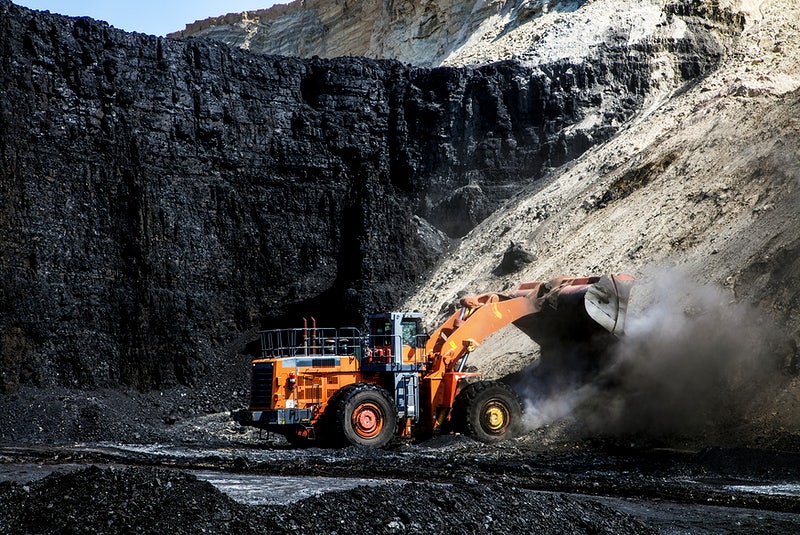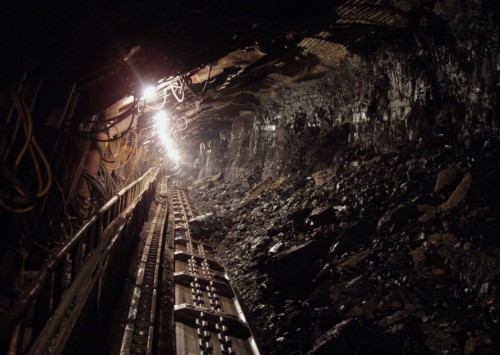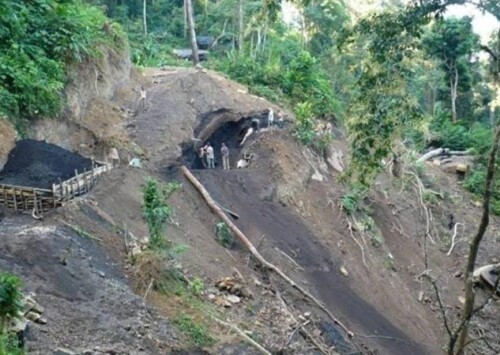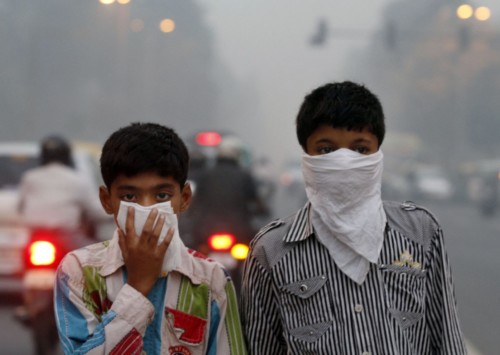India’s Coal Crisis: Preventable, predictable replay of Oxygen crisis
The similarity is uncanny. In January 2021, scientists of Indian Council of Medical Research had warned of a severe second wave of Covid-19 hitting India within weeks due to flagrant violation of protocol and large public gatherings taking place all around the country.
But, the warning was duly ignored by the government which continued with the Kumbh Mela in Haridwar that attracted millions of devotees from all over the country and aggressively campaigned in assembly elections, with Prime Minister and his Home Minister violating the Covid-19 protocol and encouraging gatherings of tens of thousands for each meeting.
Not just that, in the months leading up to the second wave, the government continued to permit export of medical oxygen as well as several drugs that were known to be used as the first line of defence against the virus. A report by the Ministry of Commerce says that between April 2020 and January 2021, India exported over 9,000 MT of oxygen in comparison to 4,500 MT in 2019-2020. Exports increased by a staggering 734 per cent in January 2021, even as thousands of Indians were already asphyxiating without Oxygen. Finally, the government had to literally go out with a begging bowl to buy, borrow or simple beg for oxygen from anyone who could spare some.
Not just oxygen supply, the government had also totally ignored the imminent need for hospital beds, especially as India has one of the lowest bed count per 1000 persons in the world, lagging behind even most of the sub-Sahara African nations. Instead of boosting bed count, the government shut down temporary hospitals that had been set up to counter the first wave in 2020. Then when the number of fresh cases exploded and thousands of people all over the country fell seriously ill, needing urgent hospitalisation, drugs and oxygen, there was an unprecedented shortage of everything, leading to several million preventable deaths, most of which remain unaccounted for as the people died at their homes or literally on the streets outside hospitals, waiting for a bed.
All through the crisis that lasted nearly three months, the government continued to deny that there was any shortage of anything, even in the face of data and statements by numerous state governments as well as doctors and NGOs saying that the entire healthcare infrastructure had collapsed under the weight of the rush of cases. Till today, the Central government and Narendra Modi continue to live in denial that the second wave was a colossal yet predictable and entirely preventable failure and reflected total absence of governance, let alone good governance and effective crisis management.
Fast forward to October 2021. For the past three months, with the second wave mercifully abating, economic activity has been robustly rising, trying to cope with the massive falls experienced last year as well as in the first semester of the current calendar year. On October 9, Union minister of power, R K Singh, warned that the country’s power situation was on the brink as most coal plants barely had enough stocks to cope with rising demand. He was quoted by media as saying that the situation was touch and go in terms of bridging the supply and demand and that he thought the coming five to six months would be very trying for the sector.
As the news spread and many states as well as power producers admitted that the situation was dire with not even two days of stock of coal left with them, the Prime Minister’s Office got into the act, forced the power minister the very next day to deny that there was any coal shortage or power crisis and began once again began blaming monsoons and relatively higher international coal prices for the mess, while insisting that the government had already taken all the steps necessary to prevent blackouts.
Even as the friendly media was repeating and reinforcing the government’s denials, a string of states began imposing power cuts for as many as 12 hours every day. Despite assurances by the government, the situation is unlikely to improve rapidly as households and industry prepare for prolonged stretches of blackouts in the weeks ahead.
Recently, Delhi’s Deputy Chief Minister Manish Sisodia drew parallels between the ongoing coal crisis and the oxygen shortage. “When we had an oxygen crisis, they kept saying there was no such crisis. The coal situation is similar. We have a crisis today,” Sisodia said.
Sisodia also termed as irresponsible the Union Minister’s statement that there was no coal crisis. ‘‘Chief ministers across the country have been warning the Centre about the impending blackouts due to coal stock situation,” he said.
Consumers face predictable, preventable pain
Like the Oxygen crisis earlier this year, the current coal crisis also took several months in the making and was evident had the government been doing its job and monitoring the situation. Coal is the heart and soul of India’s power generation. Coal accounts for well over 70 pc of the total power production in the country, despite the push for solar, wind and other renewable energy sources.
Though India has the world’s fifth largest coal reserves, it is also the world’s second largest importer of coal, behind only China. In the year 2019-2020, the last full year before the coronavirus pandemic hit India and led to a months-long lockdown, India produced 730.87 million tonnes of coal. In the next year, that began on April 1, 2020 and ended on March 31, 2021, coal production dropped by 2 pc to 716.01 million tonnes.
Not just domestic production, even imports fell, largely due to the prolonged shutdown of most commercial and industrial output. Thus, in 2019-2020, the total coal imports stood at 248.53 million tonnes, in the year 2020-2021, they fell to 215.25 million tonnes, largely due to low demand that persisted throughout last year. In the current year, as international coal prices have firmed up, coal imports have plunged by over 70 pc to 62.35 million tonnes.
Though since April 2021, coal production has picked up pace and in the six months, coal production rose to 315.6 million tonnes, a growth of 12 pc from last year, it was nowhere near enough to offset the catastrophic drop in imports, leading to the current situation. On top of that, heavy rains in September in key mining areas have seen September production fall 4 pc as compared to August. As a result, nearly 80 pc of the India’s coal-fired plants are in the critical, or “supercritical” stage, meaning that their stocks could run out in less than five days, as per the latest data by the Central Electricity Authority of India.
Reuters, an international news organisation reported that India’s power shortfall in the first seven days of October was over 21 times the deficit in the same period last year, and more than four times of that in 2019.
“What has created the shortage is a surge in demand. Last year demand was subdued because of the pandemic and the various curbs associated with it,” writes Dhiraj Nayyar, the Chief economist at Vedanta, a natural resources and mining company based in India.
Against the argument of importing coal to meet the rising demands, Nayyar says that the international coal prices have risen fourfold in the last one year, from around USD 50 per tonne in August 2020 to over USD 200 per tonne in October 2021 due to a surge in demand from China which, like India, has run short of domestic production.
Many states have raised serious concern over the issue and have issued warnings for possible power cuts. Besides Uttar Pradesh and Bihar, where power outages go as high as 12 hours in many rural areas, Punjab, Tamil Nadu, Rajasthan and Andhra Pradesh are some of the other states that have reportedly begun experiencing power cuts of up to four hours each day and the consumers are complaining.
“It is not now new for us to have a power cut however, the duration of power cuts nowadays is seriously causing uneasiness. About 2-3 hours of no electricity is taking a toll on us, since the weather is still humid”, Rajbir Singh, a resident of Punjab’s Patiala district told Media India Group.
Energy bills begin pinching
The shortage of coal as well as a sharp jump in international prices is likely to translate into fatter energy bills for most consumers, especially the industrial ones who end up paying a far higher tariff than domestic consumers. Already, social media has been flooded with complaints of a big spike in electricity prices even for domestic usage.
“Since we heard that prices of power exchanges have moved up, we have already started to utilise less electricity. The public always bears the brunt,” says Gulmohar Khan, who works at a private firm in Telangana capital Hyderabad.
Coming on the back of record high prices of petrol, diesel and cooking gas, the jump in electricity prices may prove to be the proverbial final straw and could break the back of an enfeebled Indian economy and push the recovery further away due to inflationary pressures which have already been running in double digits.













